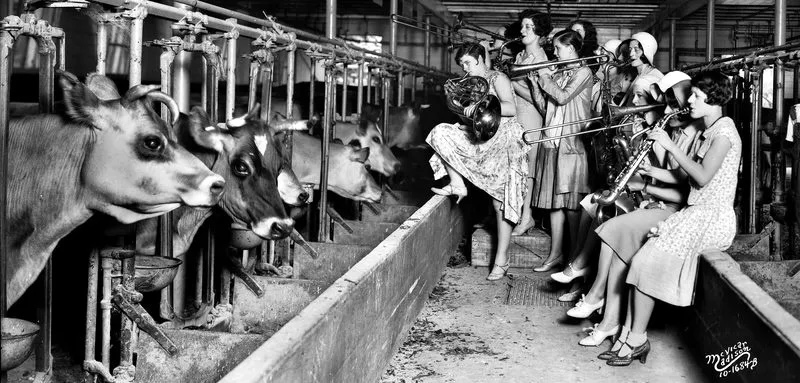
LEARNING OUTCOMES
On successful completion of this course, students will be able to:
- Study and discuss about the topics related to media art and media culture(s).
- Relate their own professional work and projects to wider context of media art and media culture traditions.
- Understand the role of media art and media culture in society locally and globally.
Credits: 3
Schedule: 02.09.2024 - 10.10.2024
Teacher in charge (valid for whole curriculum period):
Teacher in charge (applies in this implementation): Matti Niinimäki
Contact information for the course (applies in this implementation):
CEFR level (valid for whole curriculum period):
Language of instruction and studies (applies in this implementation):
Teaching language: English. Languages of study attainment: English
CONTENT, ASSESSMENT AND WORKLOAD
Content
valid for whole curriculum period:
Media art or new media art is a field of art where artefacts are made with or out of digital technologies, computer graphics, animation and sound, Internet, interactive technologies, robotics and biotechnology.
Our everyday life is profoundly mediated. Our culture is strongly influenced by mass media, social media platforms and continuous communication through media technology. When the media technology is digital it programmable by human and machine alike.
Within the development of digital technologies we see new forms of art and culture where people are essentially living with and in media.
During the course we will become familiar with a number of key projects, artists, designers, inventors and scholars in the field of media art and media culture. Several topics related to contemporary media art and culture are discussed to provide new media practitioners with a historical, social and cultural understanding of the field.
Assessment Methods and Criteria
valid for whole curriculum period:
Students should actively participate in course discussions, complete the expected readings and assignments. Attendance to 80% of the sessions is required. See MyCourses for more detailed information on evaluation criteria.
Workload
valid for whole curriculum period:
Each course session will be supplemented with introductions, web resources and reading that the students are expected to explore independently. During the classes students are also asked to complete short assignments related to the themes being discussed.
3 ECTS = 80h
- Contact teaching: 36h
- Independent study: 44h
This completion method cannot be completed remotely.
DETAILS
Study Material
valid for whole curriculum period:
Lister, Martin (ed.) 2009. New Media: A Critical Introduction. London & New York: Routledge + additional material and resources associated with each course session.
Substitutes for Courses
valid for whole curriculum period:
Prerequisites
valid for whole curriculum period:
SDG: Sustainable Development Goals
4 Quality Education
5 Gender Equality
9 Industry, Innovation and Infrastructure
10 Reduced Inequality
11 Sustainable Cities and Communities
12 Responsible Production and Consumption
16 Peace and Justice Strong Institutions
17 Partnerships for the Goals
FURTHER INFORMATION
Further Information
valid for whole curriculum period:
Teaching Language: English
Teaching Period: 2024-2025 Autumn I
2025-2026 Autumn IRegistration:
Minimum amount of participants: 8
Maximum amount of participants: 30Registration for Courses Sisu. Priority order to courses is according to the order of priority decided by the Academic committee for School of Arts, Design and Architecture
https//www.aalto.fi/en/services/registering-to-courses-and-the-order-of-priority-at-aalto-arts
